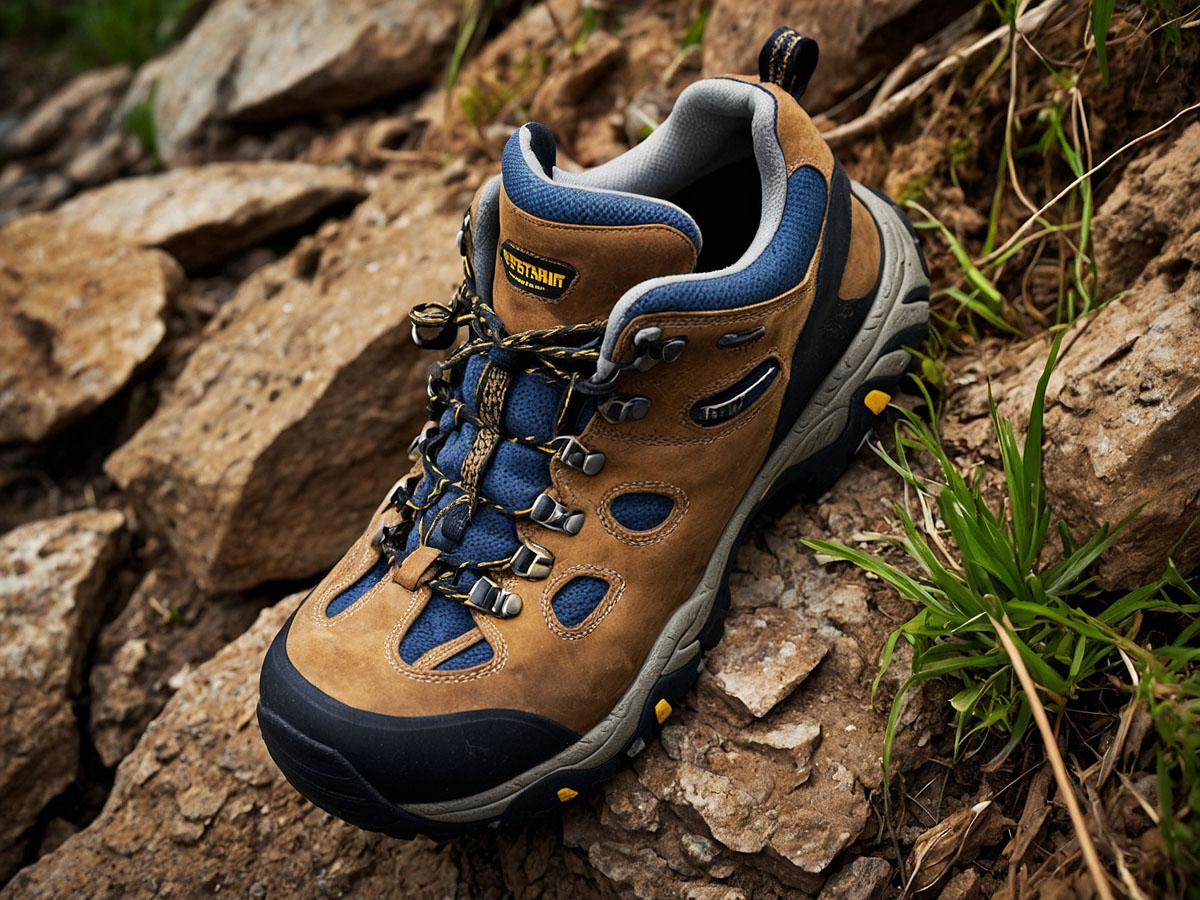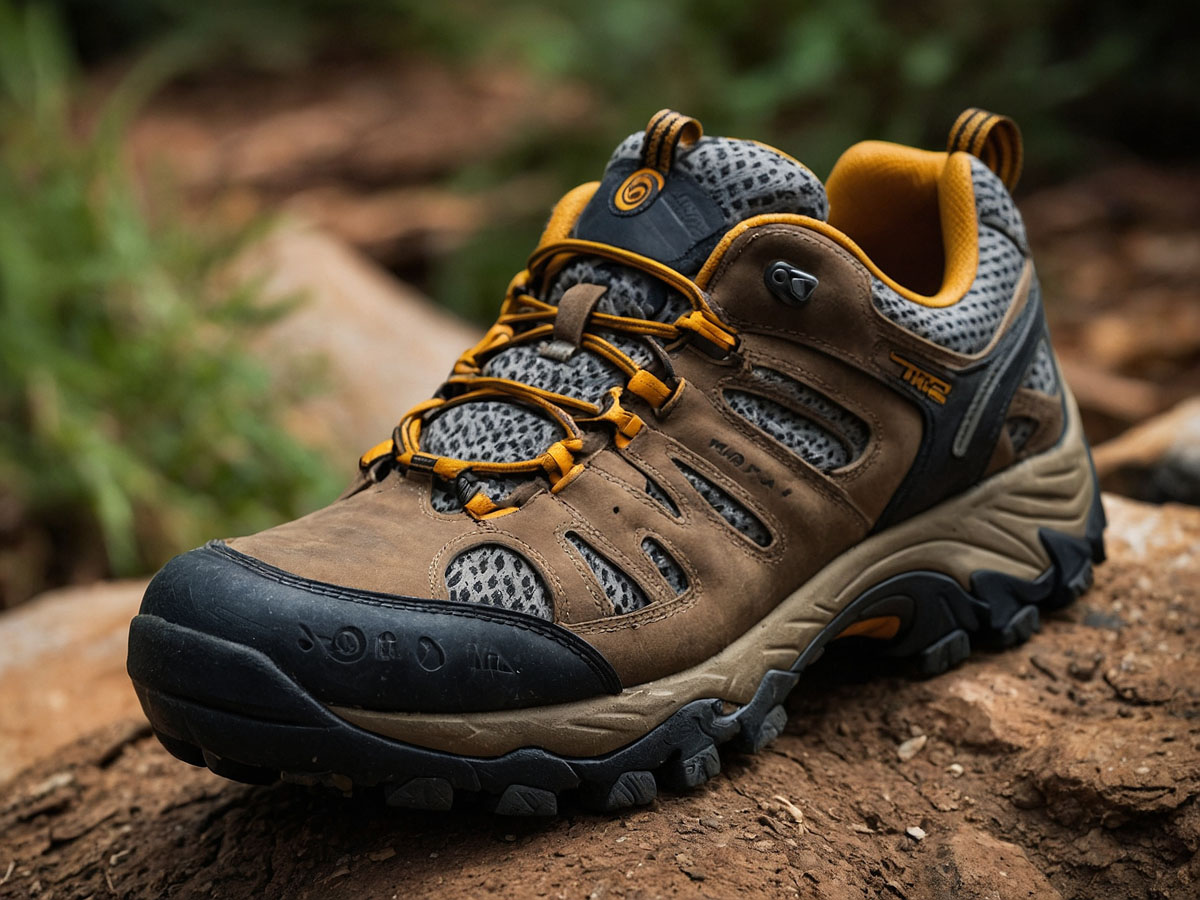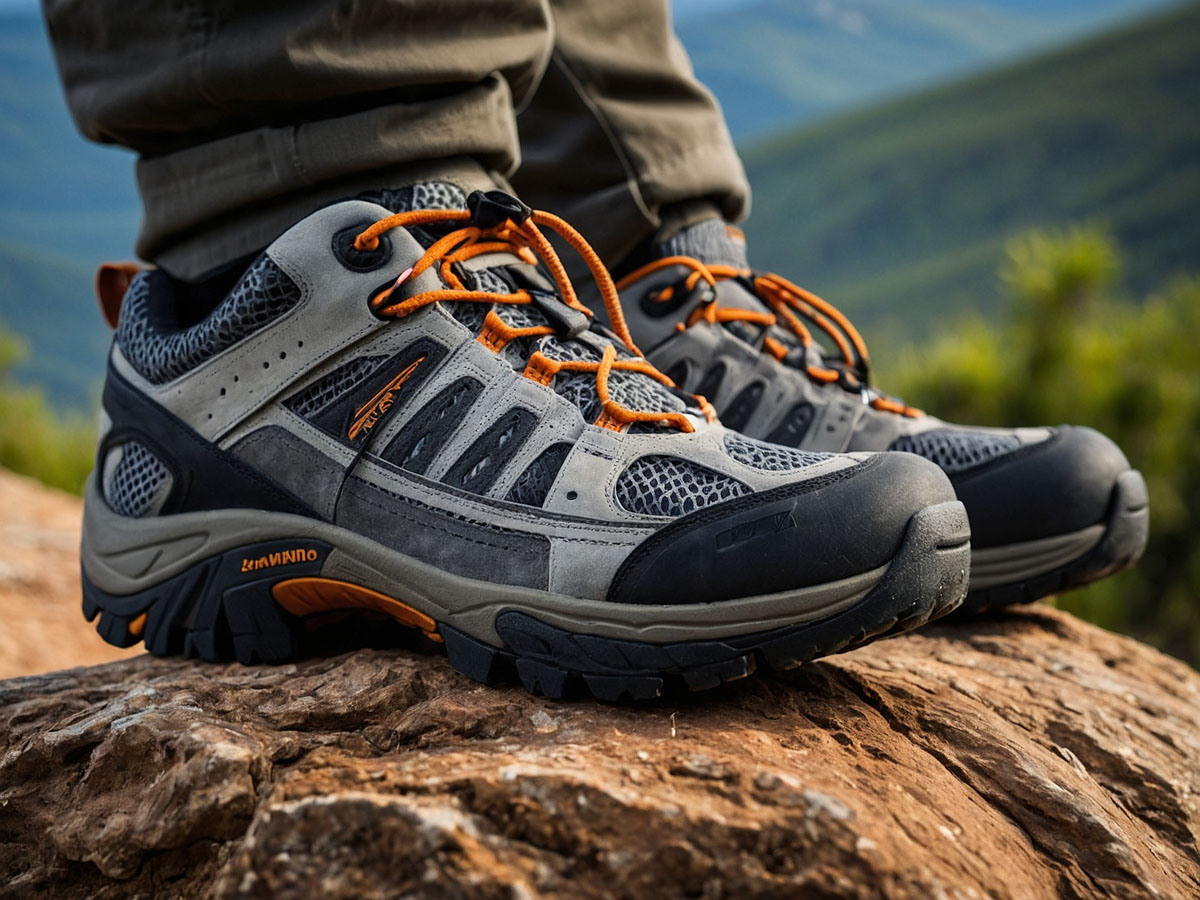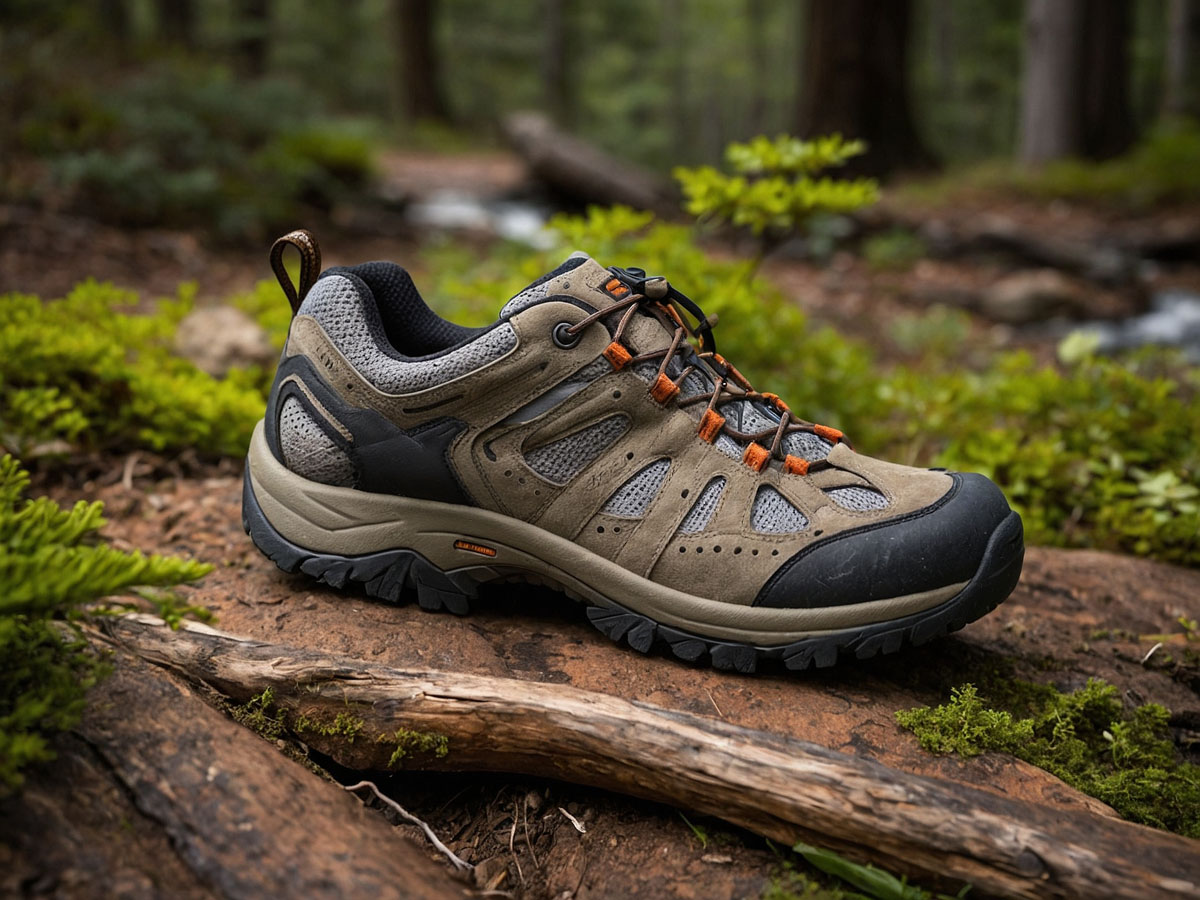Hiking shoes are good for walking as they offer durability and support, but they may be too robust for everyday use on flat, hard surfaces.
As someone who’s spent countless days on both rugged trails and urban pathways, I often get asked: are hiking shoes good for walking in everyday scenarios? Traditionally, we differentiate between hiking shoes and regular walking shoes, but the lines are increasingly blurring. With more people turning to hiking footwear for daily use, it’s worth examining how these shoes stack up against each other in a footwear comparison. Let’s get start for deep analysis.
What Makes Hiking Shoes Suitable for Walking?
Durability and Design
One of the primary reasons I recommend hiking shoes for walking is their durability. Designed to withstand the challenges of rocky, uneven terrain, hiking shoes are crafted from robust materials that hold up well over time. The sturdy construction not only protects your feet from hazards but also ensures that the shoes last longer than conventional sneakers, even on city streets. This rugged build is particularly advantageous if your daily walks take you through varied environments where typical walking shoes might wear out faster.

Support and Comfort
Another aspect that makes hiking shoes for walking a practical choice is the level of support and comfort they provide. Hiking footwear is engineered with features like reinforced heel counters and supportive midsoles, which are crucial for maintaining foot alignment and reducing fatigue during long strolls. Moreover, the cushioning in hiking shoes often surpasses that of regular walking shoes, offering a softer impact with each step. This is particularly beneficial if you have pre-existing foot conditions or if you’re walking on hard surfaces for prolonged periods.
- Shoe durability: Thanks to their tough build, hiking shoes can endure more wear and tear.
- Comfort in hiking shoes: Superior cushioning makes them suitable for extended periods of walking, preventing foot strain and discomfort.

In my experience, whether you’re navigating a busy city or enjoying a leisurely walk in the park, hiking shoes can provide the durability and comfort needed for most walking activities. By choosing the right pair, you might find that they are not only suitable but also preferable for your daily walks.
Differences Between Hiking Shoes and Walking Shoes
Sole Composition and Flexibility
When comparing hiking shoes vs walking shoes, a key difference lies in the sole composition. Hiking shoes are built with thicker, more rugged soles designed to grip various outdoor surfaces effectively. These soles are often made of tougher materials to prevent punctures or damage from sharp rocks and uneven terrain. However, while beneficial on a trail, these robust soles can wear down quicker on hard, abrasive surfaces like concrete, which you encounter more often in urban walking.

Weight and Breathability
Another distinct difference is the shoe weight and breathability. Generally, hiking shoes are heavier than walking shoes due to their durable construction and additional protective features like toe guards and reinforced materials. This added weight can be tiring during long urban walks. Additionally, hiking shoes typically offer less breathability compared to lighter walking shoes, which are designed with more ventilation. This could lead to discomfort in warmer environments or during extended use in urban settings.

Pros and Cons of Using Hiking Shoes for Regular Walking
Advantages
The benefits of using hiking shoes:
- Added durability: Their sturdy build makes them last longer, even in tough urban environments.
- Protection: Hiking shoes provide better protection against outdoor elements and rough surfaces, useful in varied urban terrains.
- Support for uneven surfaces: With their structured design, they offer superior support on uneven pathways, reducing the risk of ankle twists and injuries.

Disadvantages
On the downside, there are several drawbacks to using hiking shoes for everyday walks:
- Quicker wear on hard surfaces: The aggressive tread patterns and tougher sole materials can degrade faster on concrete and asphalt.
- Less comfort on flat, paved paths: The rigid structure intended for uneven terrain can be less comfortable and overkill for regular, flat surfaces.
By weighing these pros and cons, you can better decide if hiking shoes are the right choice for your regular walking needs. Remember, the best shoe is one that suits your environment and walking habits.
Choosing the Right Hiking Shoes for Walking
Fit and Comfort
Selecting the right shoes for walking starts with ensuring a proper fit, which is crucial for both comfort and foot health. Here’s how you can make sure you choose the right size:
- Measure your feet: Always measure your feet later in the day when they are slightly swollen, which mimics how they will expand during a walk.
- Check for adequate toe room: Ensure there is about a thumb’s width between the end of the shoe and your longest toe. This space helps to accommodate foot swelling and prevents your toes from hitting the front of the shoe on downhill paths.
- Consider the insole: The insole should provide sufficient cushioning and support. If the original isn’t perfect, consider getting aftermarket insoles tailored to your foot’s needs.
Comfort is paramount, as even the right size shoe can be uncomfortable if the design doesn’t match your foot’s shape. Spend time walking around in the shoes within the store or at home if ordering online before making a final decision.
Material and Build
When choosing materials for hiking shoes that you plan to use for regular walking, look for a balance between durability and flexibility:
- Opt for robust materials: Leather or advanced synthetics offer longevity and robust protection. However, make sure they are treated to be somewhat flexible.
- Breathability matters: For regular use, especially in warmer climates or seasons, choose materials that offer good airflow to keep your feet cool.
- Consider the build: The overall construction should be solid, but not overly stiff. Look for shoes that provide stability and support without sacrificing too much flexibility, which you’ll appreciate on longer urban walks.
Choosing the right hiking shoes involves a balance of functional design and personal comfort needs.
Frequently Asked Questions (FAQs)
Final Words
Throughout our discussion on choosing hiking shoes versus regular walking shoes, we’ve discussed their suitability for everyday use.
Hiking shoes offer robust protection and are built to last, making them a solid choice for diverse terrains. However, for strictly urban environments, lighter walking footwear might be more appropriate.
Consider your specific needs and where you’ll be doing most of your walking before making a decision. Balancing personal comfort with the practical aspects of each shoe type will guide you to the best footwear for your lifestyle.
Sukhen is a passionate blogger and traveler who visited many historical places in Bangladesh, Myanmar, India, and Thailand. He's an avid camper, so he shares his knowledge of camping and wildlife with his readers. He also helps readers plan their own camping trips. To know more, stay connected with Outdoor Awaits.

